SS MINNIEHAHA DIVE 2024 STERN AREA
Expedition Dates: June 1–6, 2024
Report by: Stuart Williamson
The SS Minnehaha Wreck: A Detailed Analysis
The wreck of the SS Minnehaha, lying approximately 12 miles off the coast of Baltimore, Ireland, provides invaluable insights into early 20th-century maritime engineering and the harsh realities of war at sea. The British ocean liner, operated by the Atlantic Transport Line, was torpedoed and sunk by the German U-boat U-48 on September 7, 1917, during World War I. Over a century later, the wreck offers a glimpse into its storied past, though it is slowly succumbing to the forces of time and nature. This report synthesizes observations from divers and researchers, highlighting key structural details and the significance of further exploration.
The Condition of the Wreck
Divers from Project 17, studying the wreck have noted several key features that reveal its structural transformation over time. Among the most telling observations are the port side portholes, which remain upright within the wreckage. This positioning suggests that the wreck was initially more upright and has since slumped to port as the decks collapsed. The portholes and other upright elements provide critical clues about the ship’s structural integrity at the time of its sinking and the subsequent decades under the sea.
- Shift to Port: The wreck is now resting heavily on its port side, with many components, including masts and winches, slanted or partially buried.
- Deck Collapse: The weight of the upper decks, combined with the corrosive effects of saltwater and pressure at 93 meters depth, has led to significant structural collapse over time.
- Environmental Effects: Strong currents, biological growth, and the sheer weight of the vessel have compounded its deterioration.
Mapping the Wreck
Comprehensive mapping is crucial for understanding the wreck’s layout and structural evolution. Stuart Williamson, a marine artist and historian, has emphasized the importance of mapping from fixed points, such as the bow and stern, to create a cohesive and detailed blueprint of the wreck.
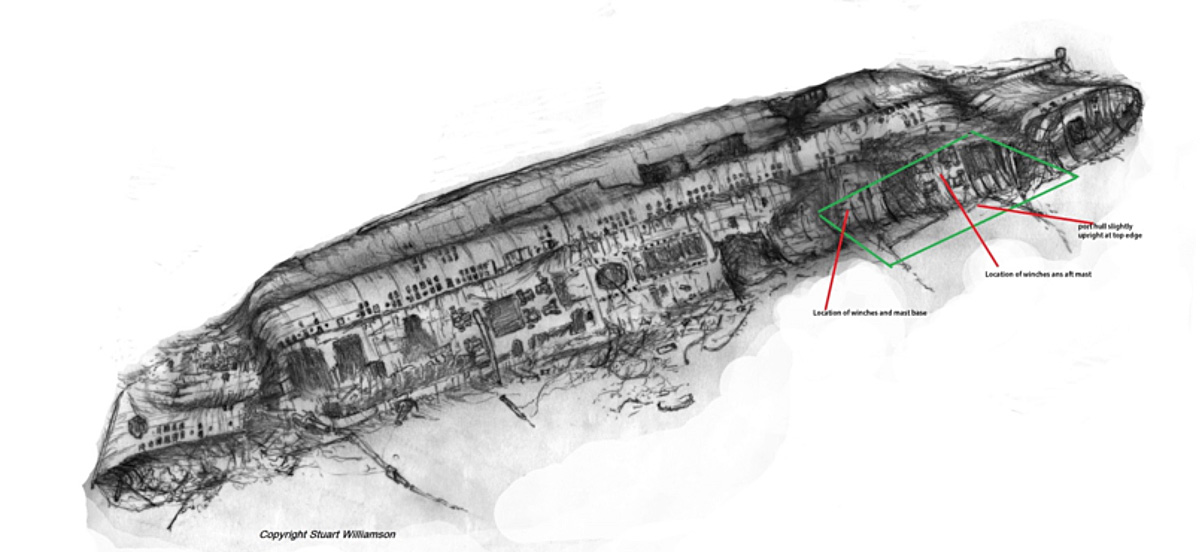
APPROXIMATE AREA COVERED IN DIVES

Mast showing the support brackets as seen in the key photo of the foremost mast at the stern
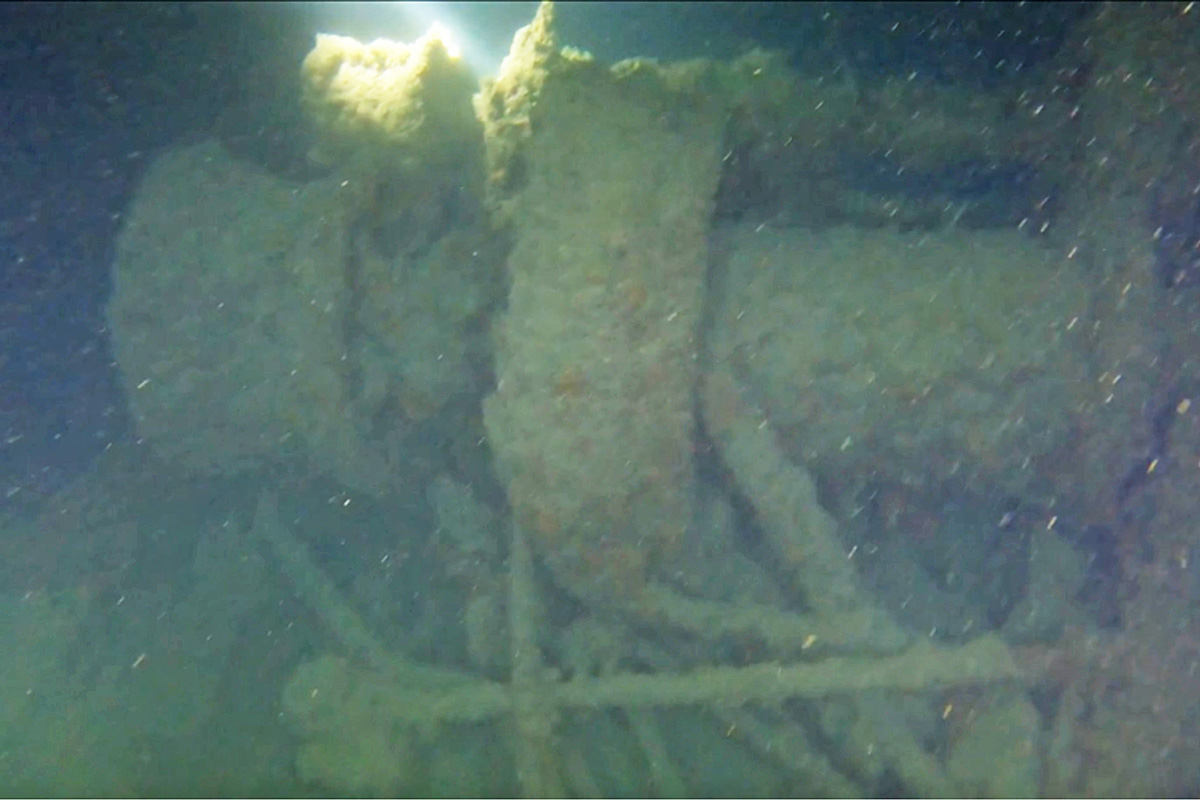
Winch as shown in the key image of identical design.
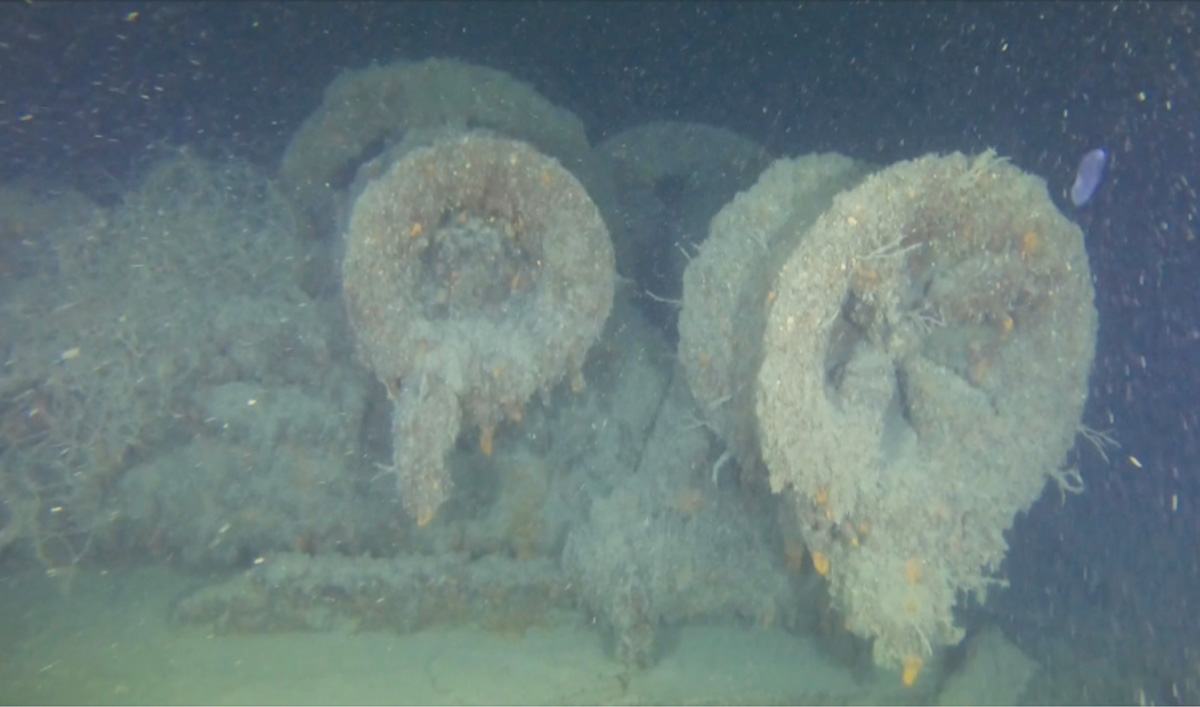
Winch of identical design of those on board Lusitania.
Key Features Identified:
1. Bow and Stern Sections: These remain relatively intact compared to the central superstructure, which has suffered extensive collapse.
2. Masts and Winches: Footage captured of the masts and winches provides essential reference points for future mapping efforts.
3. Port Side Details: The upright portholes and other features serve as indicators of the wreck’s previous orientation before slumping to port.
By building on existing footage and dive observations, divers and researchers hope to create a detailed map that captures both the current state of the wreck and its gradual changes over time.
Observational Challenges
While the SS Minnehaha presents an intriguing subject for exploration, several challenges complicate its study:
Depth: At 93 meters, the wreck lies beyond the reach of recreational divers, requiring specialized equipment such as closed-circuit rebreathers (CCR).
Visibility: Though visibility is often good during summer dives, currents and biological activity can reduce clarity, making detailed observations difficult.
Structural Instability: The collapsed decks and slanted positioning of the wreck pose hazards to divers, limiting access to certain areas.
Weather Dependency: Diving operations are highly dependent on favorable weather conditions, as storms and high winds can delay or cancel dives altogether.
Importance of Future Dives
Further study of the SS Minnehaha is essential to uncovering its secrets and preserving its legacy. Future dives aim to achieve several objectives:
- Comprehensive Mapping: Using fixed points like the bow and stern, divers plan to extend their mapping efforts inward to create a complete picture of the wreck.
- Artifact Documentation: Exploring areas not yet fully investigated, such as internal compartments, could yield artifacts that illuminate the ship’s history and the lives of those aboard.
- Structural Analysis: Continued observation of the wreck’s deterioration will provide insights into the long-term effects of underwater conditions on large steel vessels.
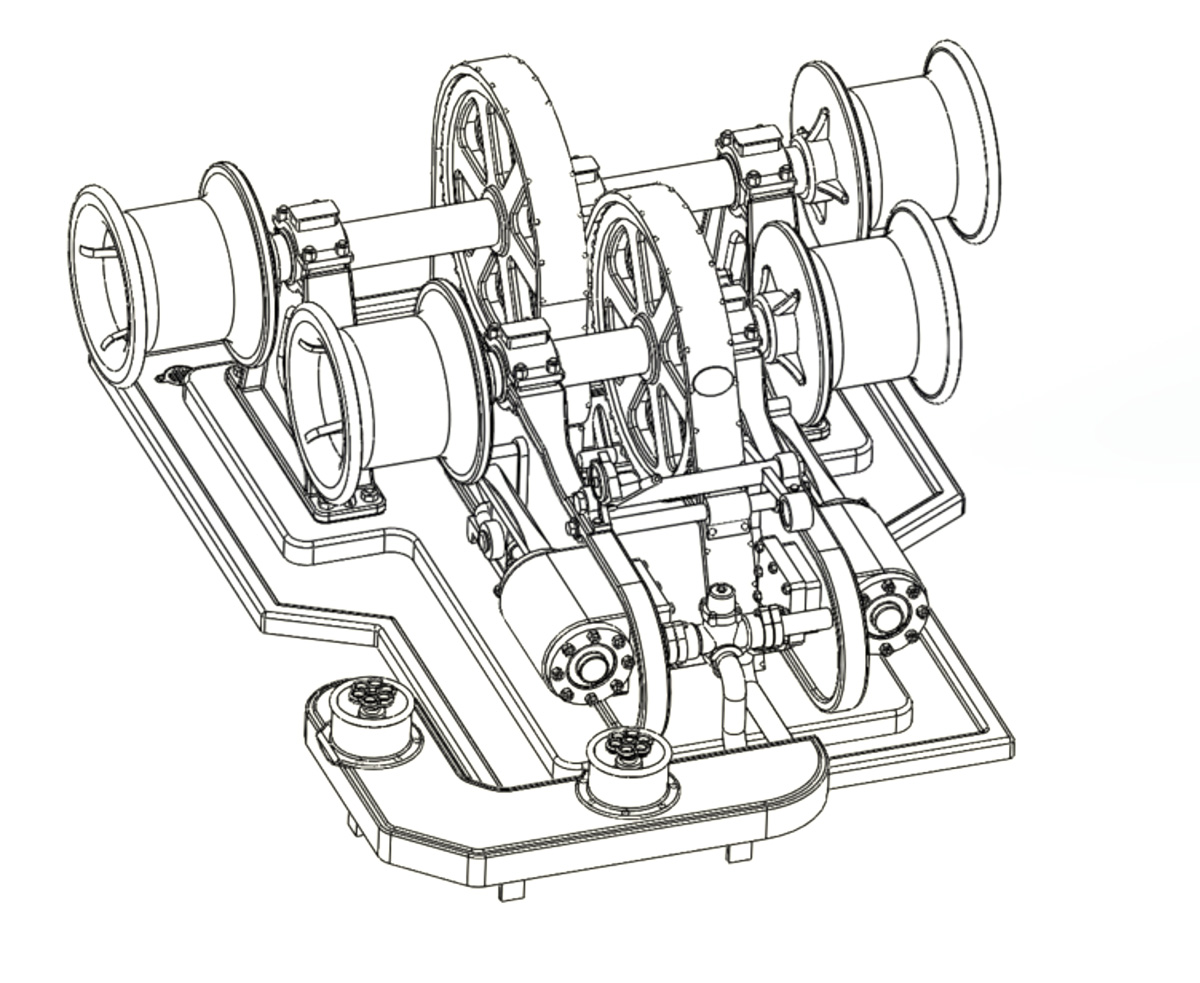
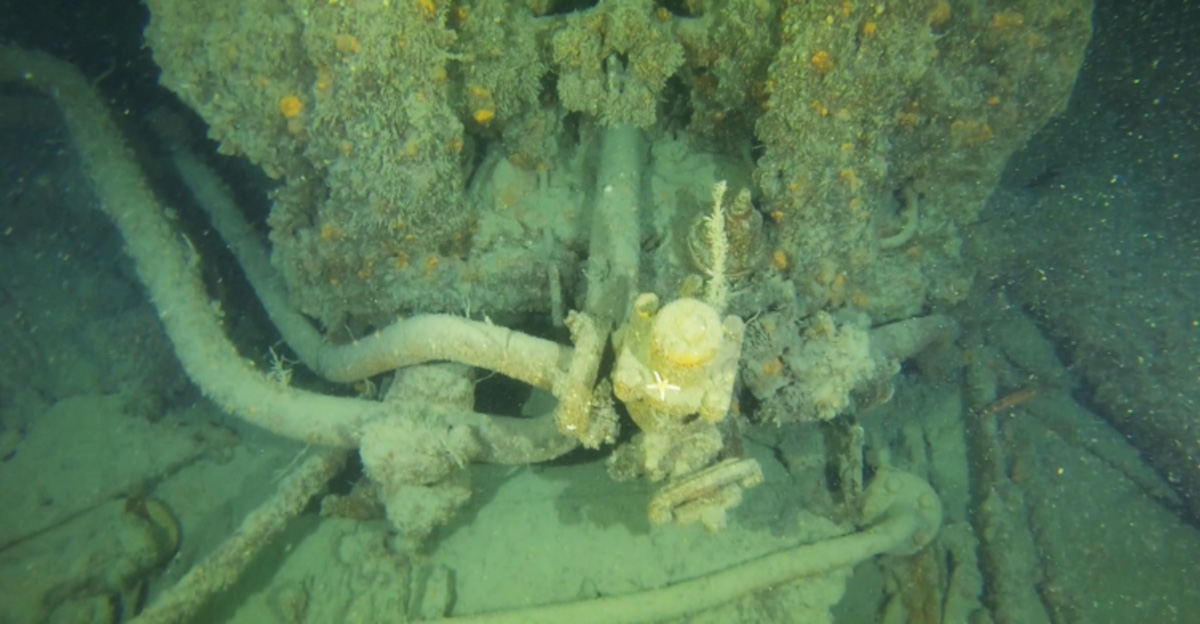
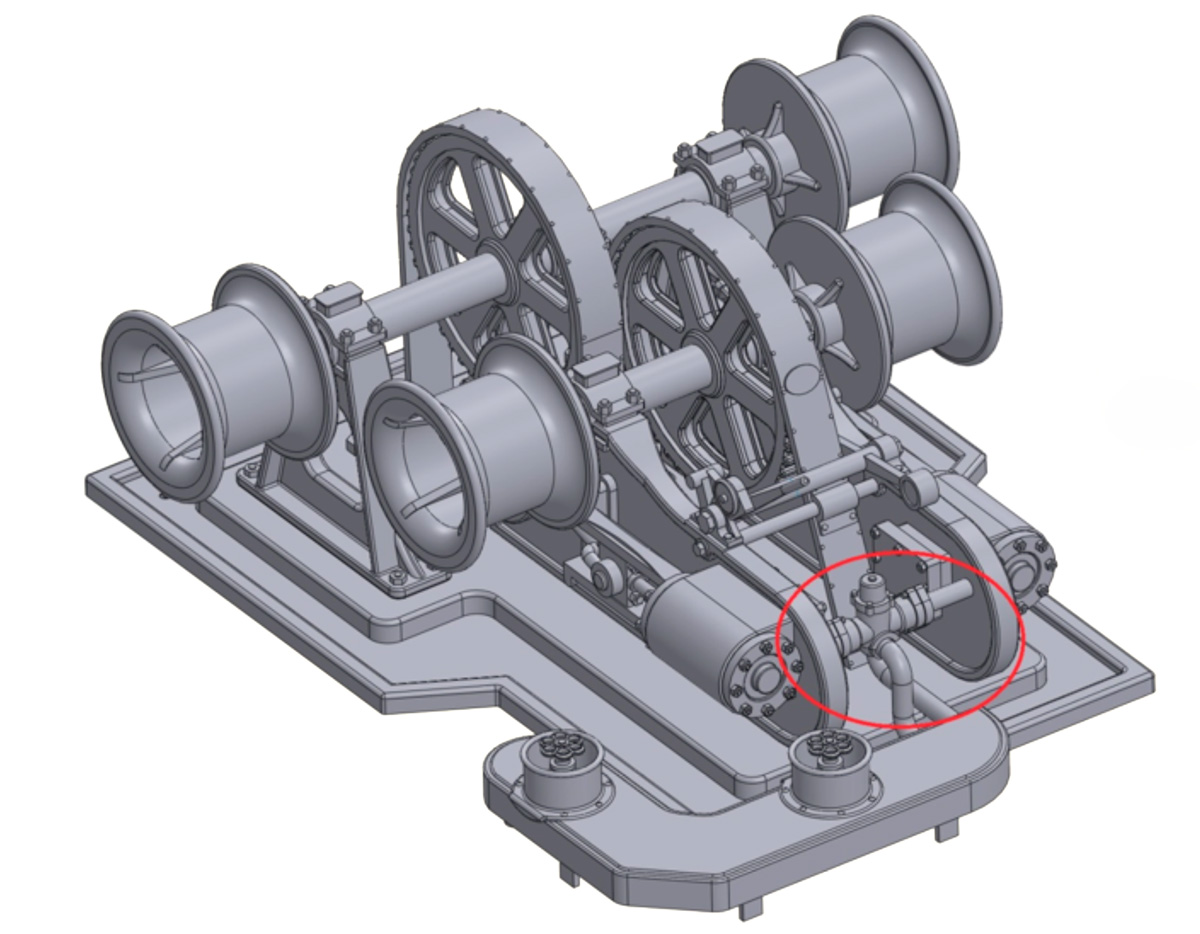
Valves on steam winch
Historical Context
The SS Minnehaha was launched in 1900 by Harland & Wolff, the same shipbuilders behind the Titanic. It was part of a series of ships operated by the Atlantic Transport Line, designed to carry passengers and cargo across the Atlantic. The ship was 600 feet long and could carry over 2,300 tons of cargo, including livestock.
During World War I, it was converted for wartime use, armed with guns for self-defense. On its final voyage, the Minnehaha was transporting general cargo, including food supplies, when it was targeted by U-48. The torpedo struck its side, causing catastrophic flooding and sinking the vessel within hours. Forty-three lives were lost in the tragedy.
Contributions of Technology and Art
The documentation of the SS Minnehaha relies on a combination of advanced diving technology and artistic interpretation. Divers use cutting-edge rEvo CCRs, enabling them to stay underwater longer and capture high-quality footage at significant depths. This technology has been instrumental in obtaining clear images of the masts, winches, and other prominent features.
Artists and historians, such as myself, contribute to the project by interpreting these observations and translating them into detailed visual representations. These artworks serve as valuable tools for education, research, and preservation.
Environmental Significance
Shipwrecks like the SS Minnehaha also play a critical role in marine ecosystems. Over the years, the wreck has become an artificial reef, providing habitat for various marine species. Studying the biological activity around the wreck can offer insights into underwater ecosystems and the impact of human activity on marine life.
Conclusion
The SS Minnehaha wreck stands as a poignant reminder of the dangers faced by mariners during wartime and the enduring legacy of early 20th-century maritime innovation. While much has been learned about the wreck’s condition and historical significance, there is still much to uncover.
With further dives, advanced technology, and the dedication of researchers and artists, the SS Minnehaha can continue to reveal its secrets and inspire those fascinated by the mysteries of the deep. Future efforts to map and document the wreck will ensure its story is preserved for generations to come.
For more details on the SS Minnehaha wreck, visit the following resources:
- Wrecksite Minnehaha https://wrecksite.eu/wreck.aspx?10391
- Wikipedia – SS Minnehaha https://en.wikipedia.org/wiki/SS_Minnehaha
Report compiled by Stuart Williamson.
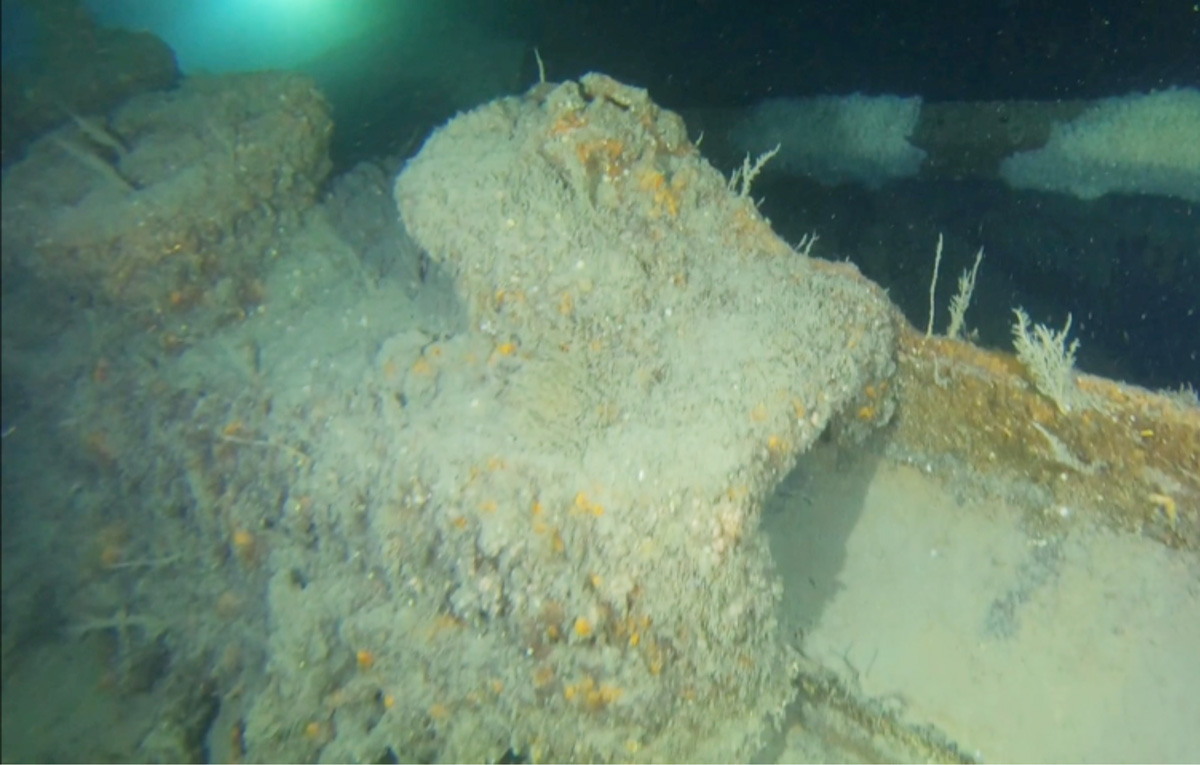
Fairlead roller from the starboard side of the ship.
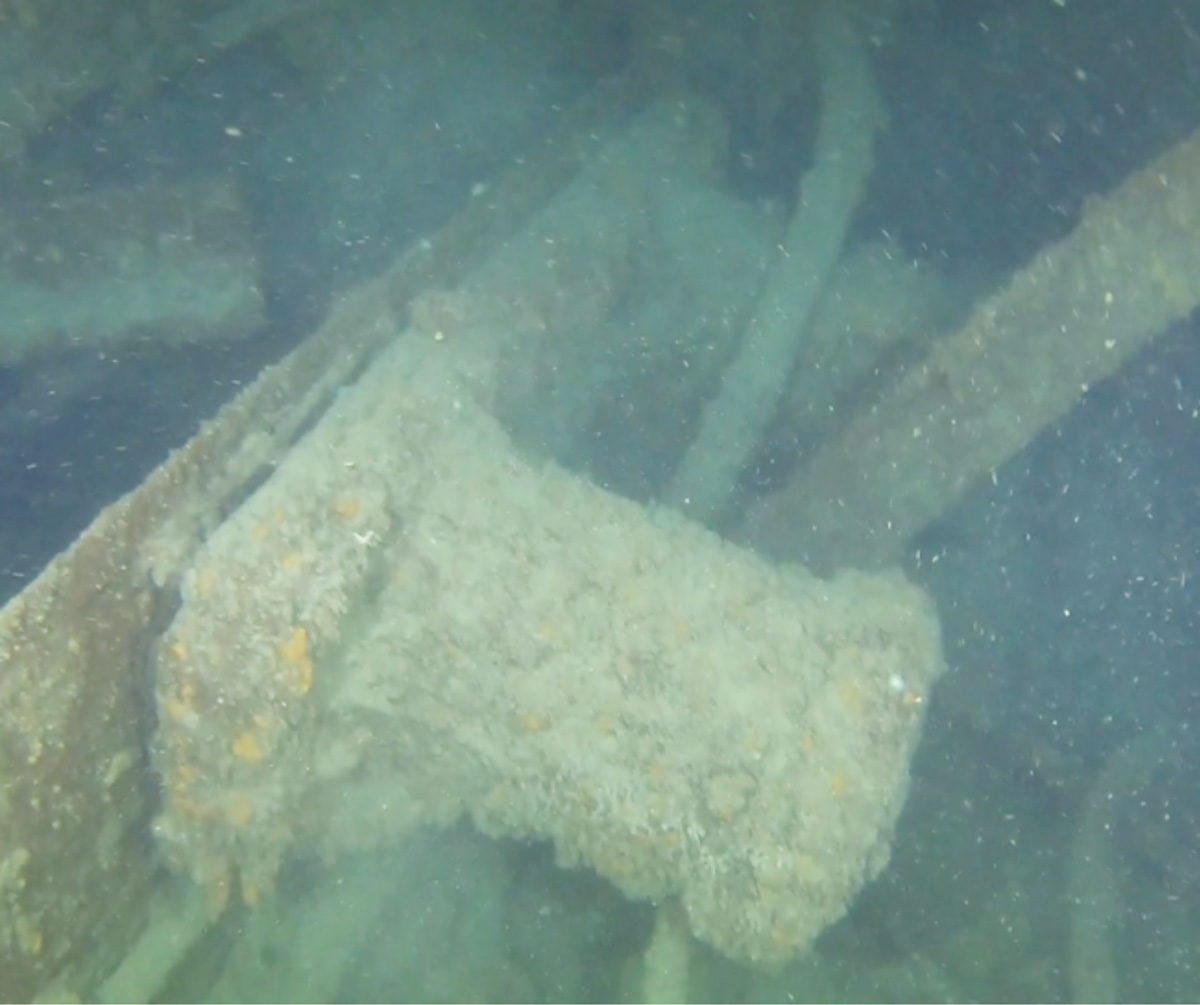
Bollard laying in the wreckage most likely from the starboard
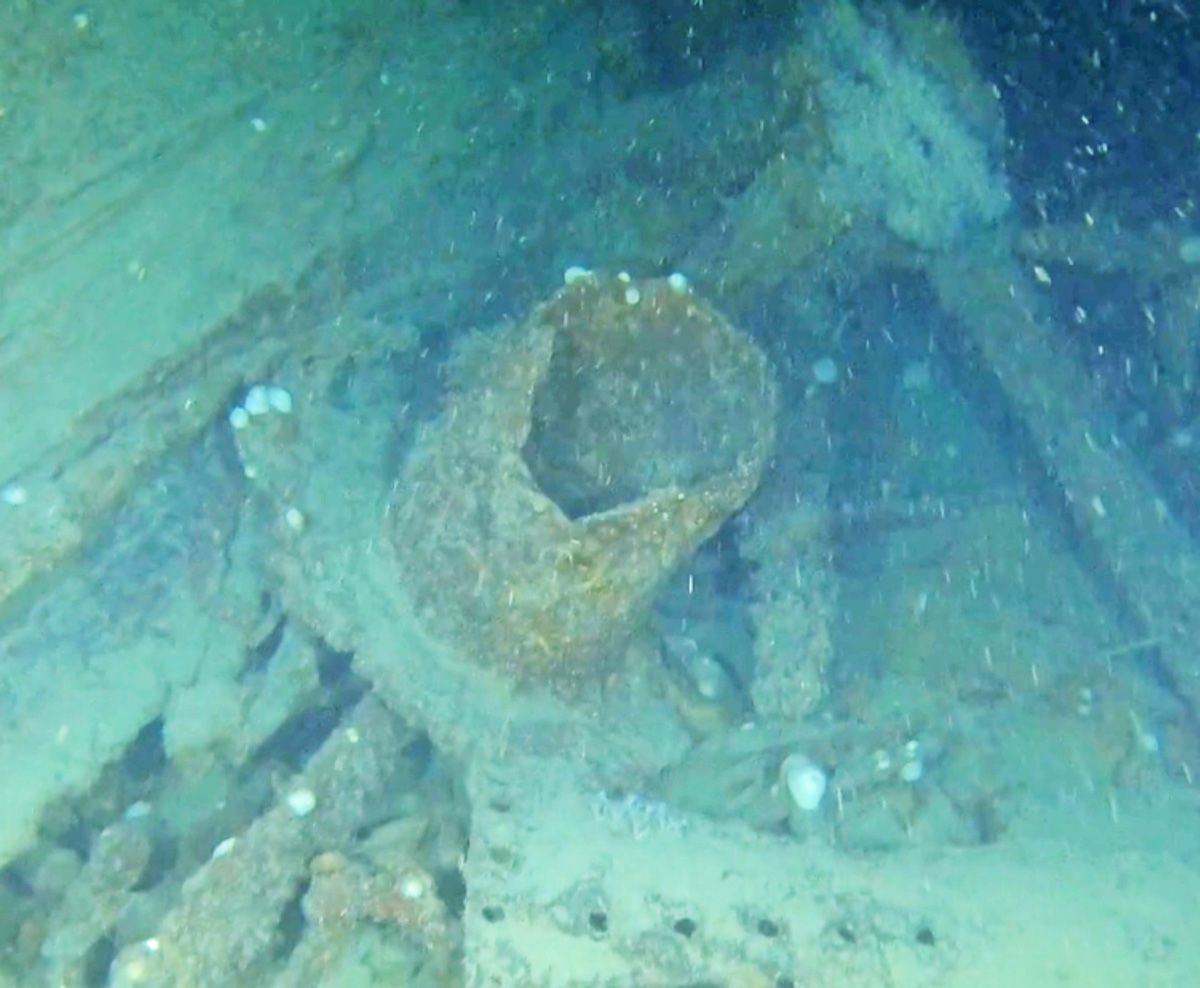
Base of cowl vent
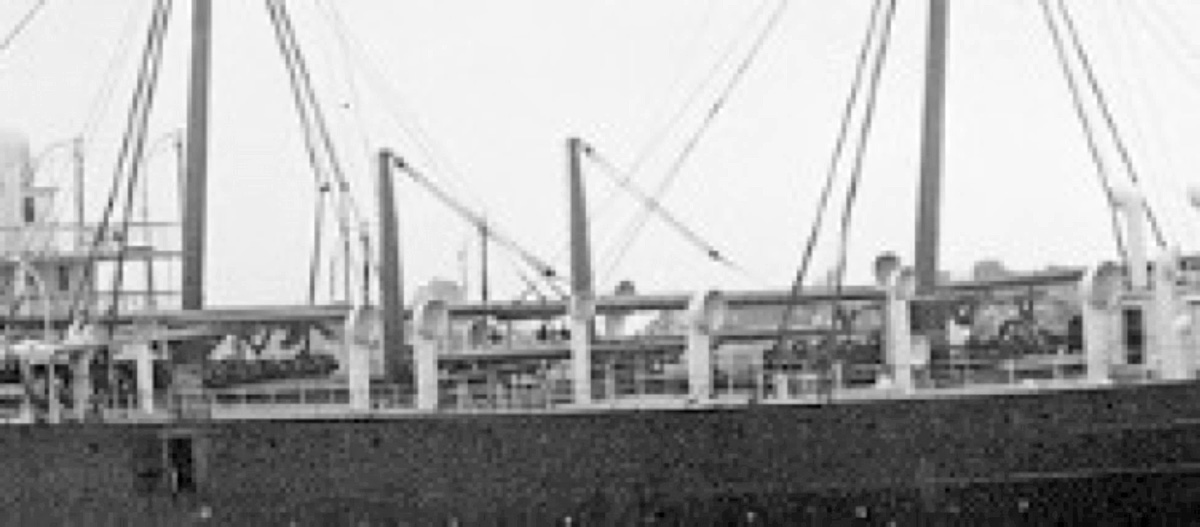
The stern viewed from the port side showing the area dived.

Some areas identified In the footage of the stern area.
